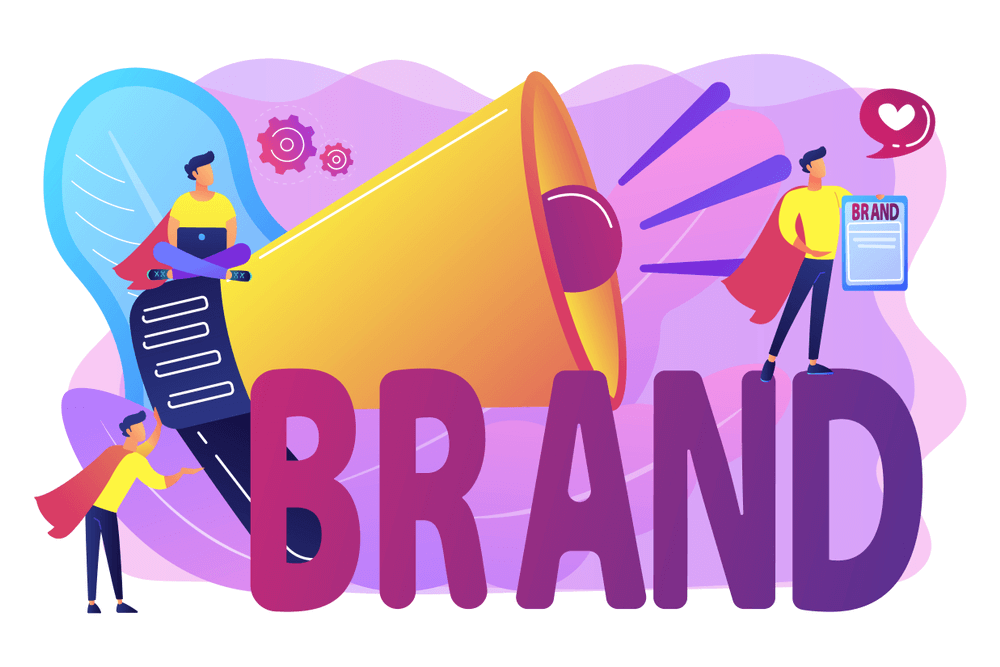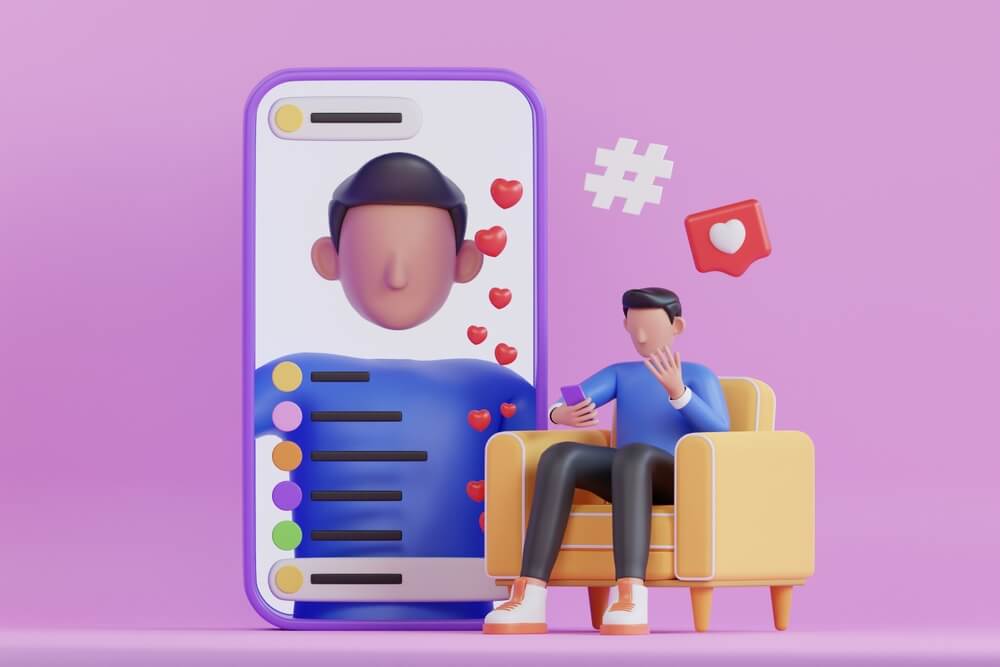Table of Contents
Whether you’re a freelancer, entrepreneur, or someone climbing the professional ladder, establishing a compelling brand is no longer optional—it’s essential. In today’s digital world, your personal brand is your identity, your reputation, and your value proposition rolled into one. In this guide, we’ll uncover the 5 Essential Elements of Personal Branding for a Powerful Identity, helping you build a presence that not only looks good but truly resonates and attracts the right people.
What Is Personal Branding?
Before we dive into the essential elements, let’s clarify what personal branding really means.
Personal branding is the intentional act of defining how you want the world to perceive you—your skills, values, personality, and mission. It’s more than just having a neat logo or a catchy bio. It’s about crafting a consistent story across your online and offline presence.
As Jeff Bezos said: “Your brand is what people say about you when you’re not in the room.”
If you’re aiming to stand out in a competitive space, you need a brand that reflects your authenticity and expertise.

1. Clarity of Purpose and Positioning
Why Clarity Matters
To build a powerful brand, you need to be crystal clear on who you are, what you do, and why it matters. Without clarity, your audience won’t know what to expect from you—and that confusion can cost you opportunities.
Ask yourself:
- What do I want to be known for?
- Who do I serve?
- What value do I consistently offer?
Your purpose is your anchor. Whether you’re a graphic designer crafting sleek visuals or a coach guiding mindset shifts, owning your niche builds trust.
Real-World Example
Consider Marie Forleo. Her brand screams clarity—“Everything is figureoutable.” From her website to social media, this purpose-driven motto is everywhere, making her easily identifiable and memorable.
2. Authentic Visual Identity
More Than Just a Logo
Your visual identity is the first impression many people will have of your brand. And while a logo is important, it’s only one piece of the puzzle. Visual identity includes:
- Logo
- Color palette
- Typography
- Photography and imagery style
- Layout and design consistency
These elements work together to create a cohesive look that reflects your personality and values.
Branding Statistics
A consistent brand presentation across platforms increases revenue by 23%, according to Lucidpress. That shows how critical visual identity is to business success.
Pro Tips
If you’re not a designer, tools like Canva can help you establish a consistent look. And if you are one (like you, Sajjad!), tailor every asset to match your brand voice and energy.
3. Clear and Consistent Messaging
Speak Your Truth
Your message is the heartbeat of your brand. It’s how you communicate your vision, values, and expertise to the world. Whether it’s your bio, tagline, or the captions on your Instagram posts—your tone and content must be authentic and consistent.
Components of Strong Messaging
- Brand Story: Your journey and motivation
- Value Proposition: What problems you solve and how
- Tone and Voice: Friendly, professional, humorous—choose what suits your audience
- Key Phrases: Repeatable expressions that reinforce your identity (like “personal branding essential elements”)
Messaging done right makes your audience say, “I feel like I know this person!”
Example
Simon Sinek’s messaging is a masterclass: “Start with Why.” You’ll see that phrase in his talks, books, website, and social media—reinforcing his thought leadership.
4. Online Presence and Thought Leadership
Be Findable and Valuable
You can’t build a powerful identity without showing up online. Your website, LinkedIn profile, blog posts, and social media accounts are digital billboards of your brand.
Your online presence should:
- Communicate your brand’s mission
- Show your work and results
- Share valuable insights
- Invite collaboration or hiring
And don’t forget to optimize for search engines. Using the focus keyword “personal branding essential elements” with natural frequency (2–3%) helps you get discovered organically.
Content Strategy Tip
Start by creating pillar content—like long-form blog posts or videos—and repurpose them into bite-sized posts across platforms. Think blog → LinkedIn carousel → Instagram quote → Email newsletter.
Thought Leadership in Action
Freelancers and creators who regularly post helpful tips or behind-the-scenes processes build credibility. You don’t need to go viral—just stay consistent and offer value.
5. Trust, Engagement, and Community
Build Relationships, Not Just Followings
Trust is the glue of branding. Without it, your audience won’t hire you, share your content, or recommend you. Trust comes from showing up genuinely and delivering on your promises.
Ways to build trust:
- Client testimonials and case studies
- Showing your process transparently
- Sharing both wins and lessons learned
- Engaging with comments and messages
When people see you as trustworthy and relatable, they’ll stick around—and bring others with them.
Community Power
From newsletters to private Facebook groups, building a brand-centric community helps amplify your voice. You move from being a service provider to being a mentor, leader, and movement-maker.
Bringing It All Together
When you align these 5 essential elements of personal branding—clarity, visuals, messaging, online presence, and trust—you craft a powerful identity that magnetizes your ideal audience. It becomes easier to attract opportunities, create impact, and grow your platform.
| Element | Impact | Tools/Strategies |
|---|---|---|
| Clarity of Purpose | Brand alignment and niche focus | Self-reflection, audience research |
| Visual Identity | Recognition and trust | Canva, Adobe XD, brand boards |
| Messaging | Connection and retention | Copywriting, storytelling |
| Online Presence | Visibility and growth | SEO, social media, blogs |
| Trust & Community | Loyalty and influence | Reviews, engagement, feedback loops |
Final Thoughts: Your Brand, Your Power
Personal branding isn’t about being perfect—it’s about being intentional. Whether you’re just starting out or refining your brand as a seasoned creator, these personal branding essential elements will guide your way.
So, ask yourself:
- How can I show up more authentically today?
- Where can I reinforce my brand identity?
- What value can I share with my audience this week?
Take one step now. Share your insights, update your bio, design a new post. Every small action builds the brand you’re proud of tomorrow.
💬 Let’s Keep the Conversation Going
Which of the five elements resonates most with where you are right now? Have you worked on visual identity but struggle with messaging? Or maybe you’re working on trust-building strategies?
Drop your thoughts in the comments—or share this article with a friend who’s building their brand too!
And if you want more resources like this, subscribe to my newsletter and follow me for weekly tips that empower your creative journey.
Why is personal branding important in today’s digital age?
Personal branding helps you stand out in a crowded market, whether you’re a freelancer, entrepreneur, or professional. It gives clarity to your mission, builds trust with your audience, and opens doors to meaningful opportunities—especially online, where your brand can work 24/7 to represent your value.
How do I create a consistent visual identity without hiring a designer?
You can use free tools like Canva to build a simple yet effective visual brand. Start by choosing a color palette, typography style, and logo that align with your personality and niche. The key is consistency—use the same design elements across your website, social media, and content to create a unified and memorable look.
What are the key components of personal brand messaging?
Strong personal brand messaging includes a compelling story, clear value proposition, consistent tone of voice, and key phrases that reflect your identity. These elements help your audience understand who you are, what you offer, and why they should engage with you—whether it’s through content, collaboration, or hiring.





